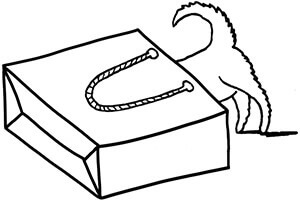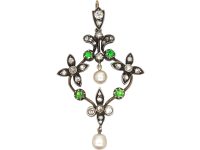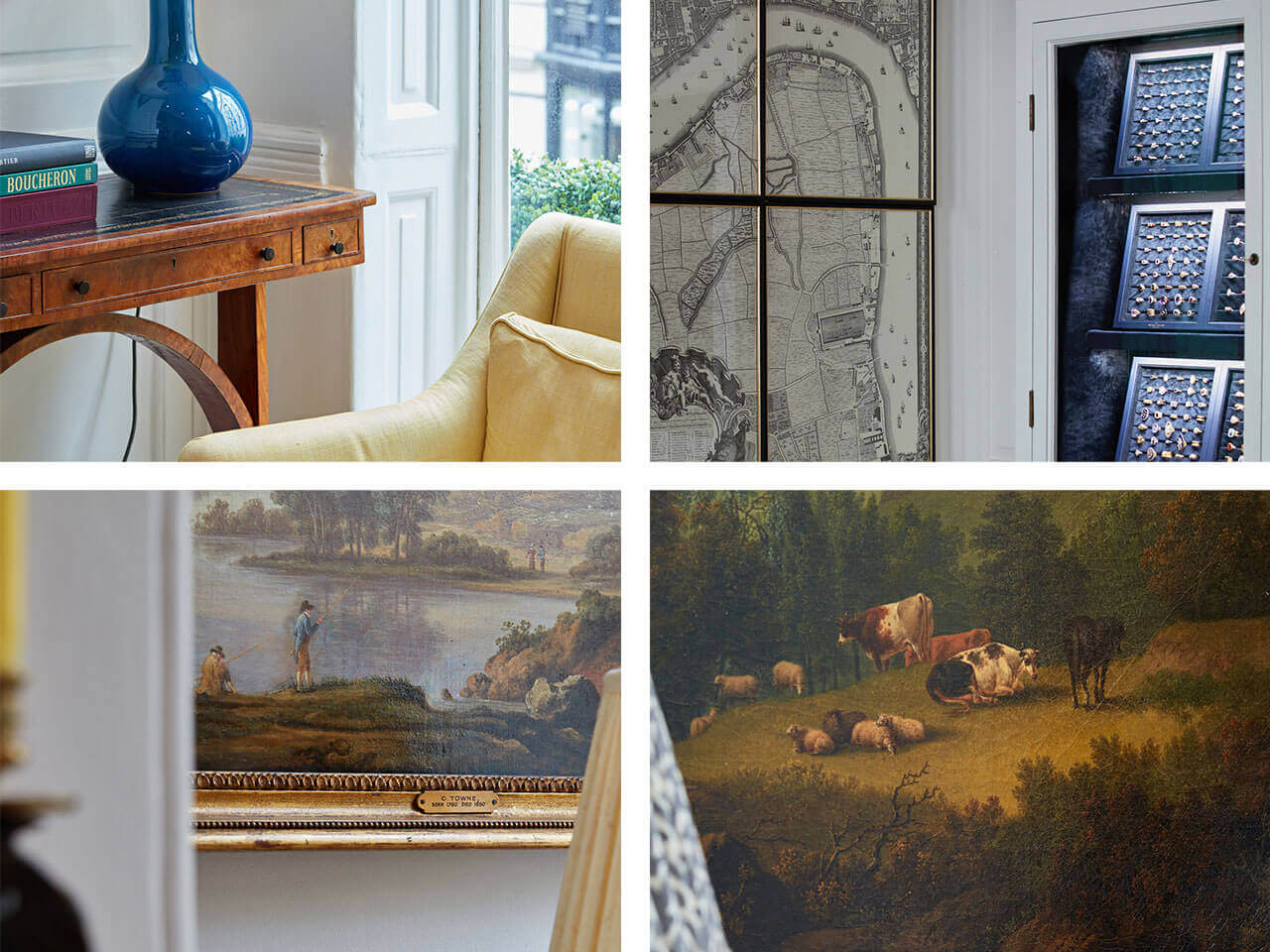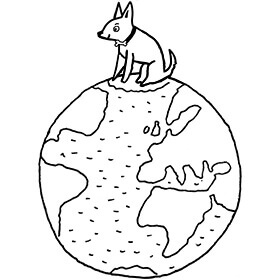-

Your Shopping Bag is empty

Want a Closer Look?
Book a virtual appointment with one of our resident jewellery experts, here in London.
Book Your Virtual Consultation
 Free Australia Shipping
Free Australia ShippingAn incredibly light and pretty looking 15ct62.5% pure gold (or 625 parts pure gold and 375 parts other metals). Popular during the Victorian, Edwardian and Art Deco eras but was discontinued in the mid-1930s. gold pendant with a silverA metallic element which is malleable and ductile, and white in colour, making it ideal for use in jewellery. It is usually mixed with copper to improve its hardness.
top that was made circa 1900-1910. It is typical of the EdwardianJewellery made in the Edwardian era (1901-1914). period with the flowers motif set with a mixture old mine cutAn 18th, 19th and early 20th century diamond shape, typically cushion or asymmetrical, marked by a small table, a high crown and a large culet. Culets are the small flat facets at the bottom of a stone which appear to the untrained eye as a hole in the middle of the stone. Before the advent of modern machinery which allows for the precise faceting we see tod... and rose cutThe ‘rose cut’, defined by its rounded outline and multiple triangular facets, is one of the earliest diamond cuts, with its origins in sixteenth century Europe. A rose cut typically has a flat base and anywhere from six to twenty four facets, the latter known as a full rose cut. diamonds and green garnets with two natural pearlA pearl-bearing mollusc that has not been tampered with by man to produce a cultivated pearl will produce a 'natural pearl'. drops. Although garnets have been known since ancient times, the demantoidA sub-variety of andradite and the moat valuable of the garnets, the colour ranges from dark green (hence sometimes miscalled "Uralian emerald") to yellowish-green (hence sometimes miscalled "olivine"). It is the most expensive and rare of garnet gemstones. It has many similarities with the diamond ("demant"), hence its name (meaning 'diamond-like'), but it ... variety was not discovered until 1868 in Russia’s western central Ural Mountains. Miners were immediately stunned by the highly refractive nature of the gem material. They began comparing it to diamondA precious, lustrous gemstone made of highly compressed carbon. Diamonds are one of the hardest materials known to mankind. Colours of diamonds range from colourless, yellow, orange and brown to almost black. Natural coloured (or ‘fancy’) diamonds can be extremely rare. The cut, colour, clarity and carat weight of a diamond are the criteria jewellers use... and referred to it as “demantoid”, from the French “demant” meaning diamond. The reason is obvious, with its high brilliance and dispersion. These bright apple green stones are comparatively rare and very expensive as they are no longer mined. In the early 1900s they were a celebrated stone and many items of jewellery were set with these beautiful stones.
We are pleased to offer FREE SHIPPING on all purchases to our customers in Australia.
All orders are fully insured and dispatched securely from London, England by our trusted partner, DHL Express Worldwide.
We calculate all customs, taxes and duties at checkout, to ensure a smooth journey with no unexpected fees along the way.
When purchasing items over 100 years old:
- Customs, taxes and duty DO NOT apply
- We will mark your package as 'antique, over 100 years old', to ensure no unexpected additional fees
When purchasing items under 100 years old:
- Customs, taxes and duty DO apply
- All customs, taxes and duties will be calculated at checkout and added to the total cost of the order
- We guarantees a smooth and transparent delivery with no unexpected additional fees
We offer a 30 day, full money-back guarantee on all purchases.
Customers from Australia will pay for return postage and any customs, taxes and duties applied.
More info

Book a virtual appointment with one of our resident jewellery experts, here in London.
Book Your Virtual Consultation
Buying antique jewellery is both ethical and eco-friendly as harmful and destructive mining processes are not needed to make an item yours. So give yourself a pat on the back!
Find Out More


We always stand by our five core principles:
Quality, Rarity, Expertise, Peace of Mind and Personal Touch
Notifications